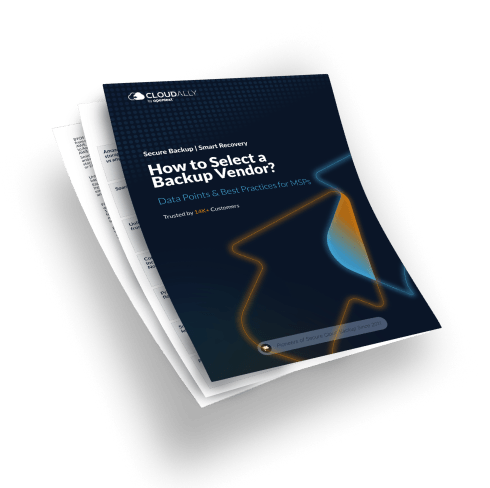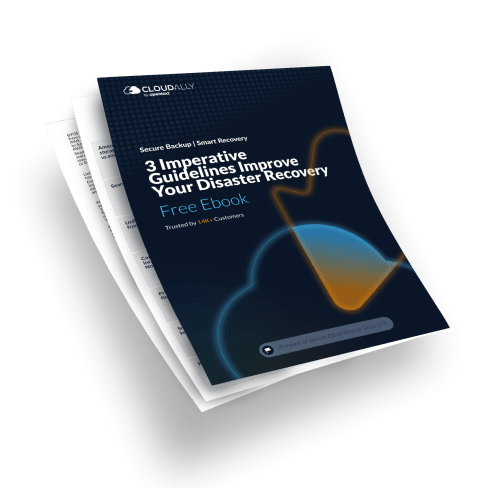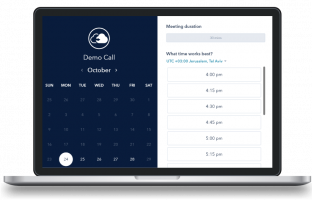What is Business Continuity?
Business Continuity refers to the processes and procedures an organization implements to ensure that essential functions can continue during and after a disaster. It involves planning and preparation to ensure that a company can operate its critical business functions during emergency events, such as natural disasters, cyber-attacks, or other disruptions, and recover to an operational state within a reasonably short period. Having a robust Business Continuity Disaster Recovery (BCDR) plan can help your organization quickly bounce back after an incident with minimal impact to your operations and data.
Advantages of Business Continuity
Business Continuity offers a host of advantages such as:
- Minimized Downtime: Effective business continuity planning ensures that a company can quickly resume operations after a disruption, minimizing downtime.
- Risk Management: It helps in identifying and mitigating risks, ensuring the business is better prepared for unforeseen events.
- Customer Trust and Loyalty: Demonstrating a capability to maintain operations during crises can enhance customer confidence and loyalty.
- Compliance: Many industries have regulations requiring business continuity plans, so compliance is a significant benefit.
- Competitive Advantage: A robust business continuity plan can be a competitive advantage, showing that the business is reliable and resilient.
That being said, developing and maintaining a business continuity plan can be costly, especially for small businesses. It requires time and resources to develop, test, and update regularly.
Steps to Implement a Robust Business Continuity Plan (BCP)
A Cloud-based Business Continuity plan typically involves the following steps.
- Create a Team: Form a team to develop and implement a business continuity plan led by the Chief Information Officer with an IT Resilience Team, Crisis Resilience Team, and a Security Response Team
- Risk Assessment: The initial step involves identifying potential threats and vulnerabilities that could impact your business operations. Analyze the nature of these risks and their potential impact on your organizational data and processes.
- Business Impact Analysis (BIA): Conduct a BIA to understand the potential consequences of a disruption. Identify and prioritize critical processes and systems that need immediate recovery after a disaster.
- Recovery Strategy Development: Define your recovery objectives, including Recovery Point Objective (RPO) and Recovery Time Objective (RTO). Develop strategies to achieve these objectives, ensuring the quick restoration of services and minimizing data loss.
- Implementation of BCDR Plan: Implement the BCDR plan on your cloud infrastructure. This could involve creating redundant systems, replicating data across multiple regions, ensuring automatic failover, and more.
- Testing and Maintenance: Regularly test your BCDR plan to ensure its effectiveness in a real-world scenario. Maintain and update the plan as your business needs and technology landscape evolve.
Remember, a well-prepared BCP plan on the cloud not only ensures business continuity but also facilitates faster recovery, minimizing potential financial losses and reputational damage.
Take BCP a step further with a Business Continuity Disaster Recovery (BCDR) plan.
Examples of Business Continuity
- Data Backups: Regularly backing up data to secure, offsite locations to prevent data loss in case of cyber-attacks or hardware failures.
- Disaster Recovery Sites: Having a secondary location from where the business can operate if the primary site is unusable.
- Emergency Response Plan: A plan for immediate response to an incident, like a fire or natural disaster, to ensure employee safety and minimal operational disruption.
- Supply Chain Redundancy: Establishing relationships with multiple suppliers to ensure the continuous supply of critical products or services.
- Remote Work Capabilities: Enabling employees to work remotely ensures that business operations can continue even if access to physical offices is restricted.
- Business Interruption Insurance: Provides financial support in case of a business disruption.
- Crisis Communication Plan: A predefined plan for communicating with employees, customers, and the media during a crisis to manage reputation and maintain trust.
Ensure Business Continuity with CloudAlly
At CloudAlly, we understand the importance of maintaining business continuity, which is why we offer reliable cloud-based solutions to help businesses stay up and running no matter what may come their way. CloudAlly’s AWS cloud backup and recovery ensures business continuity with comprehensive multi-SaaS backup and smart recovery with one intuitive tool. Secure all your SaaS platforms – Microsoft 365, Google Workspace, Salesforce, Dropbox, and Box including Groups, Teams, OneDrive, SharePoint, Public folders, shared Drives, and Archives. Plus exceptional customer support, no-commitment licensing, and pay-as-you-go pricing.
Book a quick demo now or Schedule a free 14-day trial and never face cloud data loss again!










